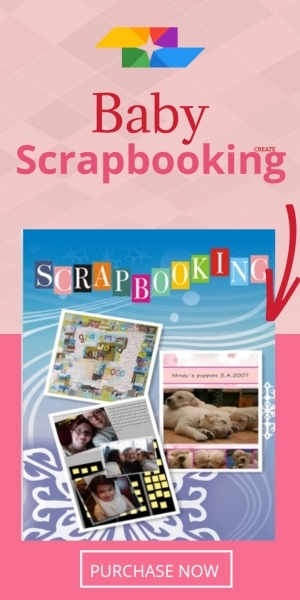Providing for your baby’s nourishment is more than just a dietary issue. It also has something to do with comfort and nurturing. A multitude of first-time parents have, in fact, turned to various "my first baby" books and guides for some advice on feeding their babies. Apart from being an excellent way to increase parent-and-baby bonding time, it’s also a wonderful opportunity to just talk to your little bundle of joy.
Since it is your first-time to care for your baby, you definitely need to get hold of all the useful feeding tips you can muster. For starters, take a crack at learning some of the basics of feeding your newborn.
Bottle Feeding
If you choose to feed your newborn with bottled milk, make sure that you prepare everything you need in advance. Just not so far ahead, though, because feeding your little one with spoiled milk is definitely a big "no-no" in parenting.
Remember to have the bottled formula or breast milk at the temperature your baby can tolerate. This can range from lukewarm to room temperature. It is also important to avoid using the microwave for heating the milk up. Doing so will produce hotspots that can injure your baby even if you’ve already checked the liquid’s temperature.
When feeding time comes, hold your baby on your lap while supporting his or her head in the bend of your arm. Try to switch sides from time to time, as you would when breastfeeding, so as to supply ample stimulation on both hemispheres of the brain.
Place the bottle nipple into the baby’s mouth as soon as he or she turns to root. See to it that the nipple is filled with milk as the baby has a tendency to gulp down too much air from a half-filled nipple. To terminate a feeding session, simply remove the bottle from your baby’s mouth.
Breastfeeding
One good thing about breastfeeding is the fact that you’re not required to prepare the milk or warm the feeding bottle in advance. Plus, you can pick out any position you want to nurse in. The appropriate feeding positions, however, may vary according to the baby’s age, the time of day, and your level of comfort.
Many mothers make use of the cradle hold when breastfeeding. This well-liked feeding position requires you to sit upright and hold your little one like a cradle. In addition, it also allows you to cuddle your baby with one hand, and move or support your breast with the other. Regardless of what nursing position you choose, don’t forget to acquire some support. A nursing pillow or any regular cushion will certainly make it easier for you to hold the baby up and to prevent neck or back strain. When it comes to baby placement, an excellent latch is one of the most vital parts of a comfortable feeding session. Your little bundle of joy should be chin-to-breast and belly-to-belly with you.
To ensure that the feeding is going well, check if the baby’s lips are flared around your breast. You may also pull his or her lower lip down a little to see if the tongue is coiled around the areola. You can also hear the baby swallow or notice his or her ears wiggling during active feeding. In case you need to change sides or if the feeding session has to end, simply slide a finger in one corner of the baby’s mouth to tenderly interrupt the suction.
Needless to say, first-time parents are not really expected to impeccably perform the feeding process the first time around. So try to be patient and give yourself a break every now and then. Keeping a positive outlook on parenting and taking advantage of all the available "my first baby" resources will also help you a lot.
- Bonding Time With My First Baby
- Communicating With My First Baby
- Fashion Tips For My First Baby
- How To Change My First Baby’s Diaper?
- My First Baby Essentials
- My First Baby Feeding Guide
- My First Baby: Learning The Basics
- My First Baby: Understanding The Crying Game
- Nutritious Bites For My First Baby
- The Joys Of Holding My First Baby




